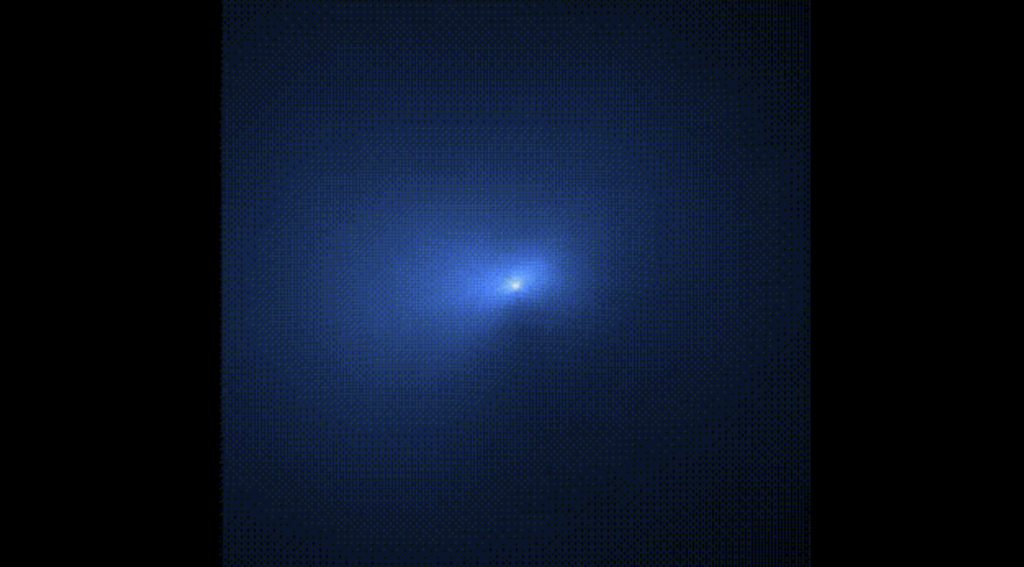Hidden behind the sun, the comet is now visible only to probes scattered through the solar system.
Others are reading now
As comet 3I/ATLAS reaches its closest point to the sun on October 30, scientists prepare for a moment of peak activity that no one on Earth will witness.
Behind the sun
The interstellar comet will pass 1.35 astronomical units from the sun, roughly 202 million kilometres away.
At this distance, the sun’s heat causes frozen gases on its surface to vaporise, creating a bright halo and two tails, one of dust and another of charged particles.
The process, known as perihelion, marks the stage when comets are most active.
For 3I/ATLAS, it will happen out of Earth’s view as the comet moves behind the sun, lost in its glare since late September.
Also read
Astronomers expect it to reappear toward the end of November or early December, though it will likely be faint, with an apparent magnitude near 12.
Eyes in deep space
Even if Earth-based telescopes cannot see it, other spacecraft can. Probes orbiting Mars are in an ideal position to track the comet.
They already observed its closest pass to the Red Planet on October 3, when it came within 28 million kilometres.
NASA’s Psyche and Lucy missions, travelling through the inner solar system toward the asteroid belt and Jupiter’s Trojans, are also well placed for observation.
The European Space Agency’s Jupiter Icy Moons Explorer, or JUICE, will pass closest of all.
Also read
Because its main antenna is being used as a sunshield, JUICE will store the data until it can transmit again in February.
What scientists hope to find
Researchers aim to analyse the gases and dust released at perihelion to learn about the comet’s chemical makeup.
Studies so far suggest 3I/ATLAS has unusually high levels of carbon dioxide and nickel compared with typical comets.
These differences point to a distinct birthplace, a molecular cloud more than seven billion years old, giving clues about the star system from which the comet originated.
When it re-emerges, scientists hope it will remain active enough for further study by observatories such as Hubble and the James Webb Space Telescope.
Also read
For now, the rare visitor continues its brief journey through the solar system before heading back into interstellar space.
Sources: NASA, ESA, Space.com, Reuters


